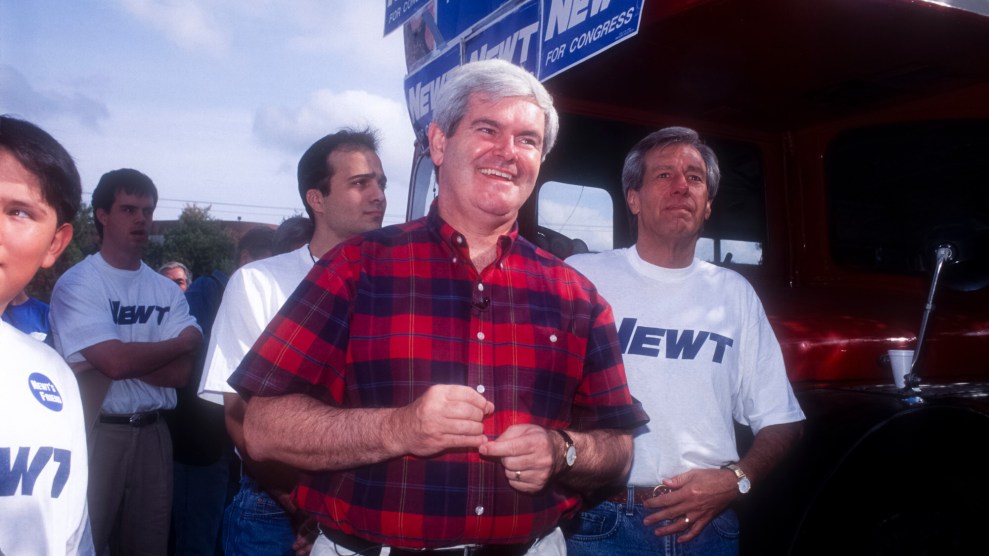
South Carolina’s defiance in waving the Confederate flag over its statehouse has made the issue a red flag for NAACP leaders. They have galvanized a flock of politicians, college and professional athletes, black frats and sororities, hip-hop, rock and movie stars to march, rally, and boycott the state until it lowers the flag.
Yet at the same time, the National Association for the Advancement of Colored People makes no mention of the ugly fact that South Carolina blacks have close to the highest poverty, school-dropout, infant-mortality, and victim-of-violence rates in the nation. The NAACP has been mum on the dreary plight of hundreds of black South Carolina farmers whose farms have been foreclosed upon by bankers and government agencies in the past decade.
Even the NAACP’s own much-touted boycott has drained $100 million from the state’s tourist industry, making it a curse for some blacks. Black college presidents, politicians, food and service company owners, and entertainment promoters privately grouse that the boycott has badly pinched their purse.
Even if South Carolina capitulated and dumped the flag in a museum, where it belongs, it would be only a Pyrrhic victory. Configured and reconfigured designs of the Confederate flag fly over public buildings in nearly every deep-South state. Are NAACP leaders going to demand that blacks march, rally, and mount tourism boycotts until they remove the flags in these states?
The Confederate flag fight in South Carolina is a textbook example of the NAACP’s strategy of elevating side-show issues to a life-and- death struggles for African-Americans, in order to grab maximum media and public visibility. It also uses this strategy to shut up black critics who blast the NAACP as a do-little, rudderless group more interested in lining its coffers with corporate dollars than fighting hard racial battles.
The strategy is simple: Pick the softest target possible, make a lot of fuss about it, and take minimal action on the piles of crisis issues that devastate poor and working-class black communities. NAACP leaders employed the strategy when they threatened boycotts against the TV industry, lawsuits against gun manufacturers, and squawked about the paucity of black Supreme Court clerks.
The NAACP’s often blatant inattention to the big-ticket issues that sledgehammer the black poor make me wonder again whether the nation’s oldest civil rights group can really be the big player in the battle against racism and injustice that it has been for most of its long history. I wondered about this because the NAACP has spent the better part of the 1990s in a monumental retreat from visible cutting-edge social activism. That retreat can be directly traced to the collapse of legal segregation in the 1960s, the class divisions that imploded within black America, and the greening of the black middle class.
This is a process that has been slowly evolving since the death of Martin Luther King Jr. and other civil rights leaders in the 1960s. By the close of the 1960s, the civil-rights movement had spent itself. The torrent of demonstrations, sit-ins, marches, and civil-rights legislation annihilated the legal wall of segregation.
With the barriers erased, the black middle-class had a field day. They were starting more and better businesses, marching into more corporations and universities, spreading out into more of the professions, winning more political offices, buying bigger and more expensive homes, cars, clothes, and jewelry, taking more luxury vacations, and joining more country clubs than ever before in the country’s history. The first chance they got, many packed up their bags and started their headlong flight to greener suburban pastures.
None of their success had even the remotest bearing on the lives of the black poor, who had become even poorer, and more desperate. Many of those poor turned to crime, drugs, and gangs as their only way out.
NAACP leaders are trapped in the middle by the twisting political trends and upward-shifting fortunes of the black middle-class and downward-shifting situation of the black poor. A tilt toward an aggressive activist agenda carries the risk of alienating the corporate donors that the NAACP has carefully cultivated over the past few years. It depends on those donors to gain more jobs, promotions, and contracts for black professionals and businesspersons and to secure contributions for its fundraising campaigns, dinners, banquets, scholarship funds, and other programs.
The Confederate flag fight poses no threat to the NAACP’s cozy relationship with its corporate backers. And since the public believes that only rabid, unreconstructed race-baiters defend flying the Confederate flag, NAACP leaders can claim that they are striking a mortal blow against racist oppression. But scrapping the flag won’t save black farms, improve abominable schools, stop racial profiling, fight the crime and drug plague, or help poor, malnourished mothers.















